
WHAT TO
DO ABOUT
SMEARING
A PRACTICAL GUIDE FOR PARENTS AND
CAREGIVERS OF PEOPLE WITH AUTISM,
DEVELOPMENTAL AND INTELLECTUAL
DISABILITIES
Kate E. Reynolds
Illustrations by Lucy Pulleyblank

Jessica Kingsley Publishers
London and Philadelphia
To my nephew, Mark Reynolds,
and my nieces, Beth Massam,
Kate Hargreaves,
Jessica Massam,
Emily Massam,
Grace Reynolds
and the late Amy Reynolds,
not forgetting my children, Francesca and Jude,
and my god son Ben Gabriel
Contents
Introduction
The impetus for the book
Smearing was brought to my attention when I was researching a previous book and fell upon a series of online conversations among parents and caregivers about the subject. The sense of desperation was palpable and was reflected in the measures people were taking to try to address the problem. A leading strategy seemed to be binding the person who smeared in fitted clothing, often using several layers, with fastenings at the back to prevent access, and wide use of duct tape to seal clothing at the wrists and ankles, and the waist of nappies/diapers. There were also lengthy discussions of how to clean items of faeces and reduce the odour of faeces from a house, which illustrates the social impact of having a person who smears in the home.
Beyond these discussions there appeared to be little knowledge about how to manage smearing and a weary acceptance that smearing was something to be endured. Smearing is an under-researched area and one where assumptions can reinforce the behaviour. For example, there is a myth that smearing is an integral part of having an intellectual disability and, as such, there is very limited potential to improve, minimize or eliminate it.
In What to Do about Smearing I examine the current research into this behaviour, which throws up numerous causes of smearing and possible strategies to tackle it. I have also interviewed several parents whose children smear and who appeared to have little support and be resigned to dealing with ongoing smearing. At the end of two interviews I found myself giving basic advice about toilet training and communication skills and wondering where this information should have come from.
In addition, it became clear that eating faeces is sometimes combined with smearing in some individuals. This book will address ingestion of faeces, looking at causes and possible strategies for managing this behaviour.
From writing previous books its become clear to me that no single book will accurately reflect every readers experiences. By engaging in broad discussion of the subject of smearing and eating faeces, I hope that all readers will gain insight and strategies to address the issues they face and adapt the information to their personal circumstances.
The current level of research
Smearing behaviour lacks sufficient research into behavioural interventions, and the issue of inappropriate use of faeces is under-researched (Brahm et al. 2004). Incontinence and soiling can be assumed to be caused by disability (Smith 1996) and there is an apparent lack of interest in and knowledge of continence issues, reflected in little research in the area, particularly prevention and treatment strategies (Van Laecke 2008). However, there is enough information to form the basis of possible strategies and point to useful future areas for research.
The structure of this book
. Finally, I discuss what to do if smearing or ingestion of faeces recurs. I have taken the advice of other parents and will use the words urine, faeces, stools and other proper terminology as opposed to pee and poo. However, this book is designed to be accessible to a range of parents and caregivers, so there is an easy-read summary at the end of each chapter.
Additionally, the book contains examples of visual materials and picture narratives, which have been shown by research to be helpful strategies for some individuals. I use quotes from interviews to illustrate issues for parents and caregivers. Appendix 1 contains information about available support in the UK, the US and Australia.
Definitions
Throughout the book I refer to the person with autism, intellectual and developmental disabilities as the individual for brevity. The following definitions are supplemented by Appendix 2, which contains diagnostic criteria for key medical conditions found in the book.
Autism spectrum disorders/conditions
Until 2014 autism spectrum disorders (ASD) were divided into the following four separate disorders:
 autistic disorder
autistic disorder
 Aspergers disorder
Aspergers disorder
 childhood disintegrative disorder
childhood disintegrative disorder
 pervasive developmental disorder not otherwise specified.
pervasive developmental disorder not otherwise specified.
This was changed under the new DSM-5 ( Diagnostic and Statistical Manual of Mental Disorders, Fifth Edition ) criteria which drew together these four disorders into one umbrella term of autism spectrum disorder. Its important to understand the previous criteria for diagnosis because these appear in older texts about autism and often in discussions among parents. The new diagnostic criteria acknowledge the broad range of difficulties involved in autism, from mild to much more severe, specifying that these must have been present since childhood. Challenges for people with autism exist in the following two broad areas:
 limited abilities with communication, which may present as lack of understanding of body language, literal interpretations of spoken language or a history of struggling to create and sustain friendships with their peers of a similar age
limited abilities with communication, which may present as lack of understanding of body language, literal interpretations of spoken language or a history of struggling to create and sustain friendships with their peers of a similar age
 a high dependency on routines in their lives with an almost pathological fear of change, and/or a focus on objects (often obscure ones) rather than people.
a high dependency on routines in their lives with an almost pathological fear of change, and/or a focus on objects (often obscure ones) rather than people.
Learning disabilities
This is a wide diagnostic term used in the UK which applies to people with impairments in the following areas:
 an inability or significant challenge to their ability to comprehend new concepts or information and develop new skills
an inability or significant challenge to their ability to comprehend new concepts or information and develop new skills
 difficulties in developing life and social skills associated with managing independently.
difficulties in developing life and social skills associated with managing independently.
Both of these criteria must have started in childhood and have an ongoing impact on the persons development. Learning disabilities may warrant the person needing extra support in the community from health and social care, dependent on their social abilities and communication skills, rather than purely their apparent intelligence quotient (IQ). Learning disabilities may be accompanied by physical difficulties and sensory issues but not necessarily. There are multiple causes of learning disabilities, which may include any of the following:
 genetic conditions, such as fragile X syndrome
genetic conditions, such as fragile X syndrome
 chromosomal conditions, for example Down syndrome
chromosomal conditions, for example Down syndrome
Next page
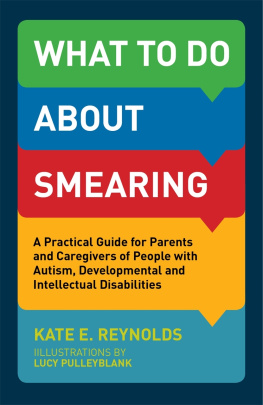
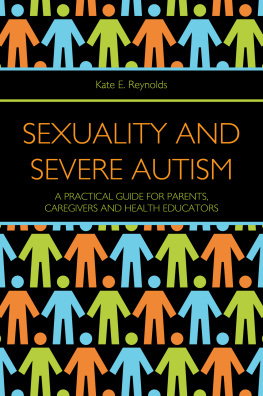
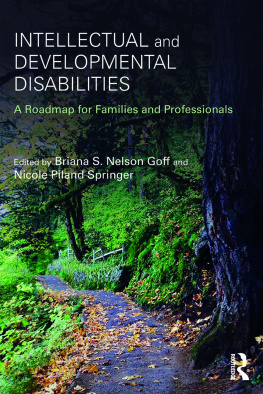
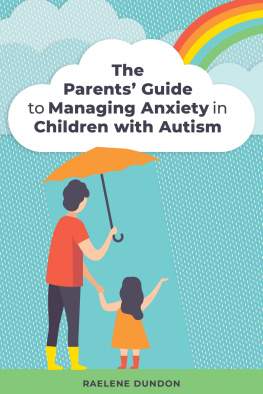
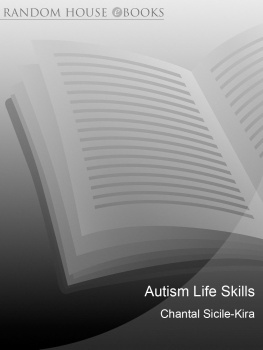

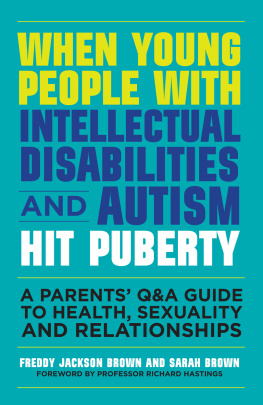
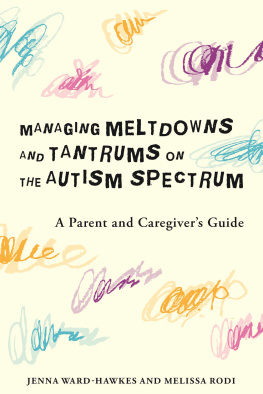
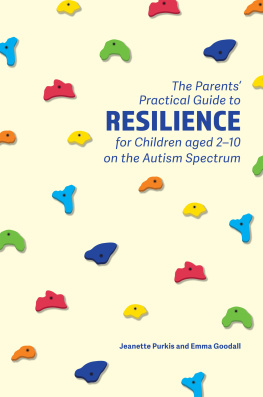
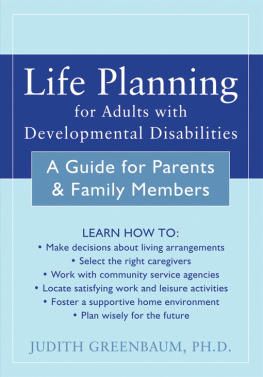
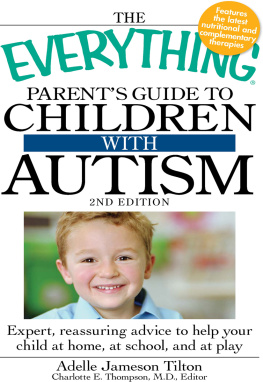
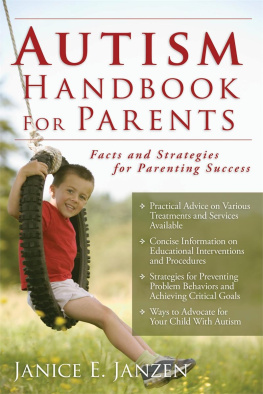
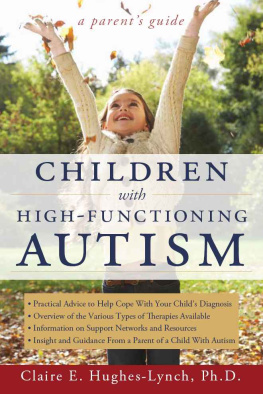


 autistic disorder
autistic disorder